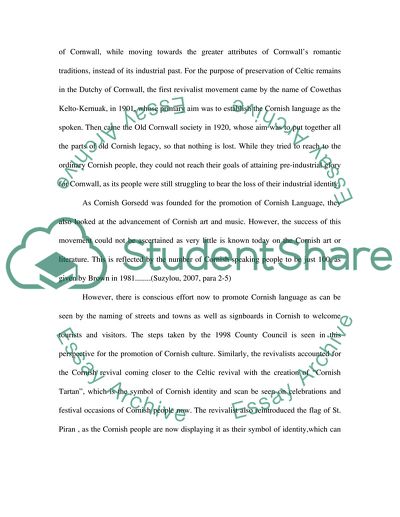Cite this document
(Cornwall UK - Place on the Margin Research Paper, n.d.)
Cornwall UK - Place on the Margin Research Paper. Retrieved from https://studentshare.org/tourism/1726061-cornwall-place-on-the-margin
Cornwall UK - Place on the Margin Research Paper. Retrieved from https://studentshare.org/tourism/1726061-cornwall-place-on-the-margin
(Cornwall UK - Place on the Margin Research Paper)
Cornwall UK - Place on the Margin Research Paper. https://studentshare.org/tourism/1726061-cornwall-place-on-the-margin.
Cornwall UK - Place on the Margin Research Paper. https://studentshare.org/tourism/1726061-cornwall-place-on-the-margin.
“Cornwall UK - Place on the Margin Research Paper”, n.d. https://studentshare.org/tourism/1726061-cornwall-place-on-the-margin.


